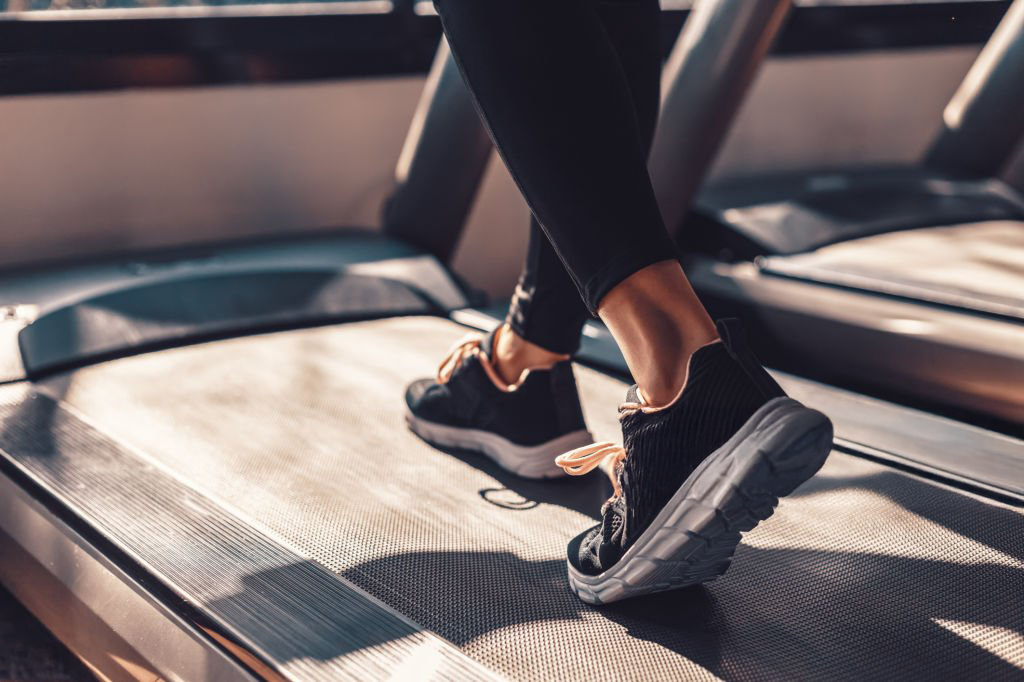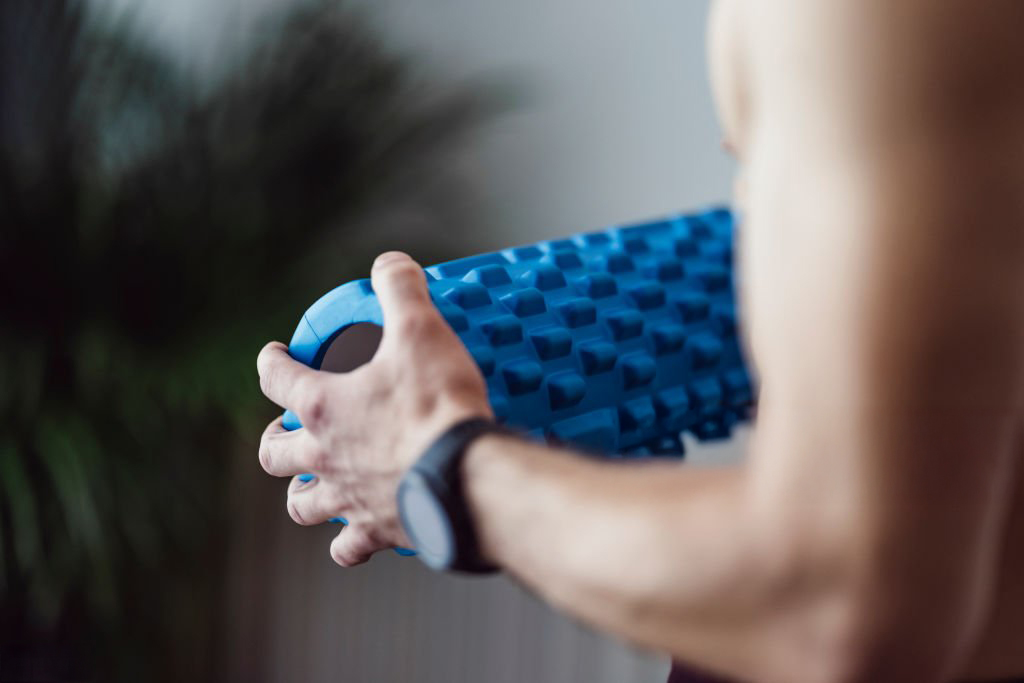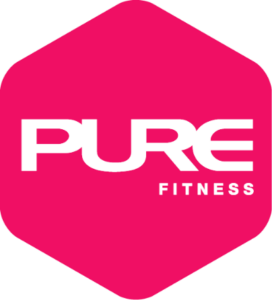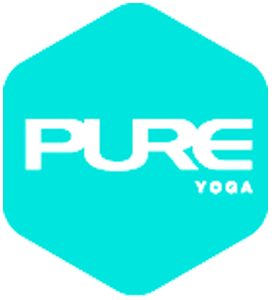18 March 2025

Think of it as a ‘reset button’ for your muscles and mind. Whether you’re a marathon runner, yoga instructor, or hitting the weights at PURE Fitness, Active Recovery helps you stay mobile and ready to take on the next challenge.
We’ve all been there—waking up after leg day, regretting every single squat. Active Recovery helps flush out lactic acid build-up and reduces delayed onset muscle soreness (DOMS), getting you back to your peak faster.
Active Recovery increases blood flow, delivering essential oxygen and nutrients to muscle tissue. Not only does this speed up healing, but it also improves overall flexibility and mobility—key for preventing injury.



A fresh approach to a wellness studio that helps you unscramble your head and Re:set your system mentally, physically and emotionally – powering you up to feel your best again.

Whether you want to tone your body or pump up your cardio, harness the power and grit with PURE Fitness.

From private yoga to specialised classes, enjoy the ultimate yoga experience with PURE Yoga and lead happier, healthier, and more balanced lives.
From yoga to fitness, PURE Online provides scheduled and on-demand workout videos to practise anytime and anywhere.
noodfood offers only the good stuff — delicious and nutritious food and drinks including cold-pressed juices, raw foods and organic snacks to keep you happy and healthy.

A fresh approach to a wellness studio that helps you unscramble your head and Re:set your system mentally, physically and emotionally – powering you up to feel your best again.

Whether you want to tone your body or pump up your cardio, harness the power and grit with PURE Fitness.

From private yoga to specialised classes, enjoy the ultimate yoga experience with PURE Yoga and lead happier, healthier, and more balanced lives.
From yoga to fitness, PURE Online provides scheduled and on-demand workout videos to practise anytime and anywhere.
noodfood offers only the good stuff — delicious and nutritious food and drinks including cold-pressed juices, raw foods and organic snacks to keep you happy and healthy.
A fresh approach to a wellness studio that helps you unscramble your head and Re:set your system mentally, physically and emotionally – powering you up to feel your best again.
Whether you want to tone your body or pump up your cardio, harness the power and grit with PURE Fitness.
From private yoga to specialised classes, enjoy the ultimate yoga experience with PURE Yoga and lead happier, healthier, and more balanced lives.
From yoga to fitness, PURE Online provides scheduled and on-demand workout videos to practise anytime and anywhere.
noodfood offers only the good stuff — delicious and nutritious food and drinks including cold-pressed juices, raw foods and organic snacks to keep you happy and healthy.
A fresh approach to a wellness studio that helps you unscramble your head and Re:set your system mentally, physically and emotionally – powering you up to feel your best again.
Whether you want to tone your body or pump up your cardio, harness the power and grit with PURE Fitness.
From private yoga to specialised classes, enjoy the ultimate yoga experience with PURE Yoga and lead happier, healthier, and more balanced lives.
From yoga to fitness, PURE Online provides scheduled and on-demand workout videos to practise anytime and anywhere.
noodfood offers only the good stuff — delicious and nutritious food and drinks including cold-pressed juices, raw foods and organic snacks to keep you happy and healthy.
Let us know how we can help you.
Form submitted. Our representative will contact you shortly.
Form submitted. We will Our representative will contact you shortly.
Let us know how we can help you.
Form submitted. Our representative will contact you shortly.